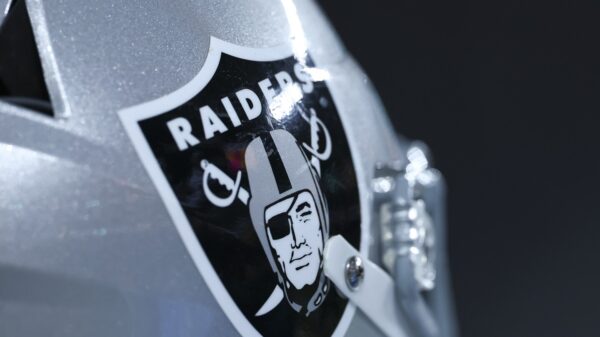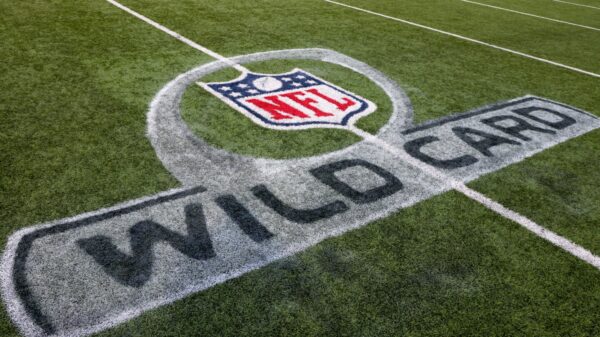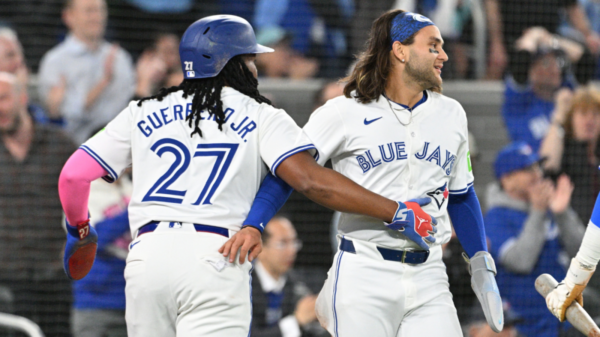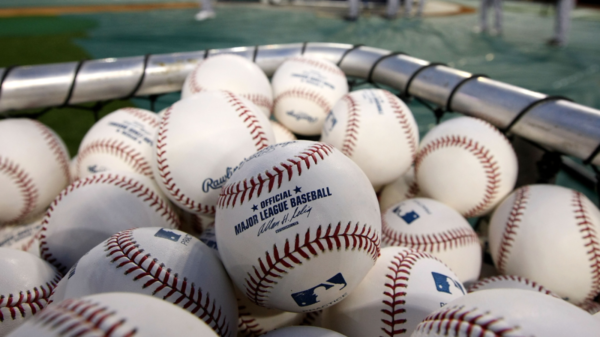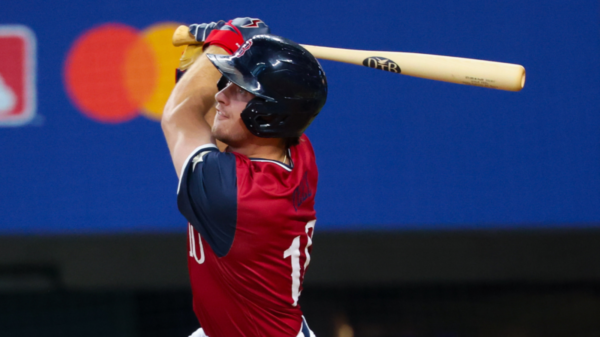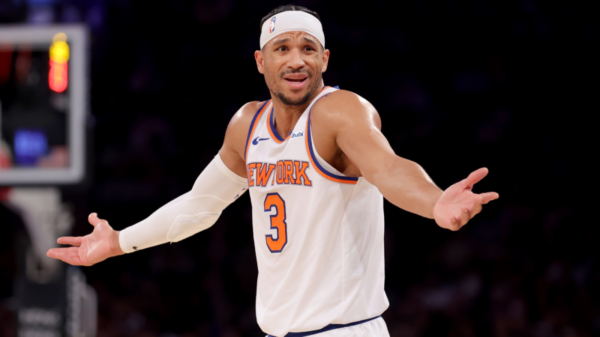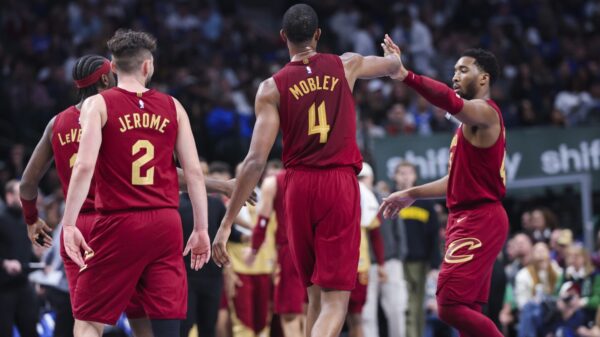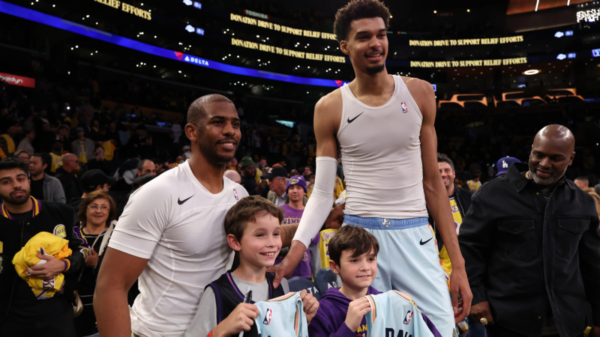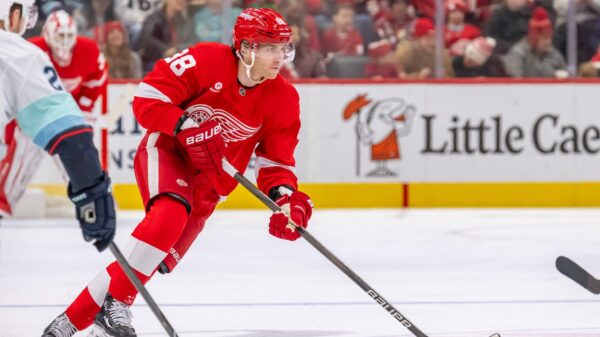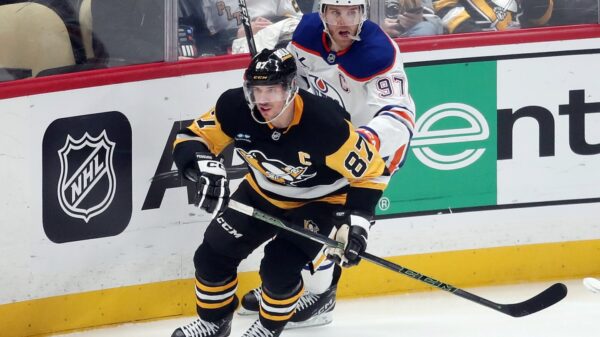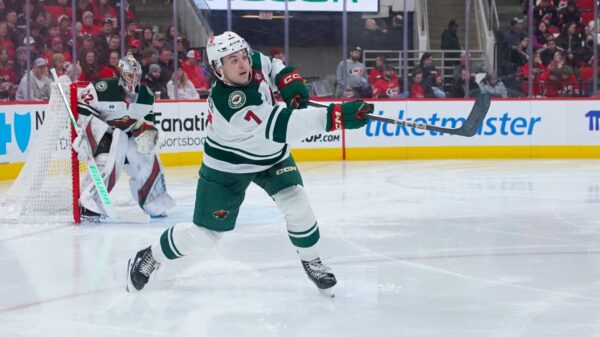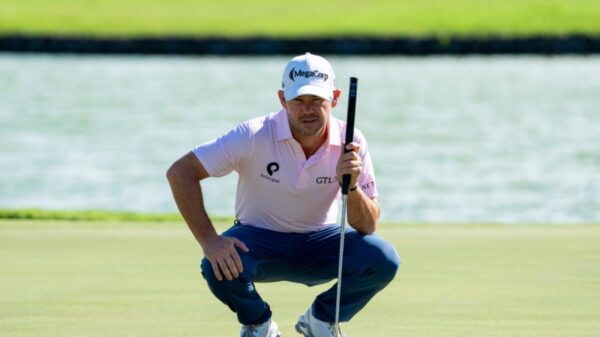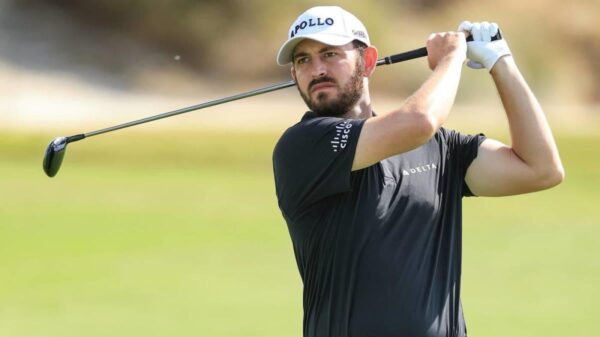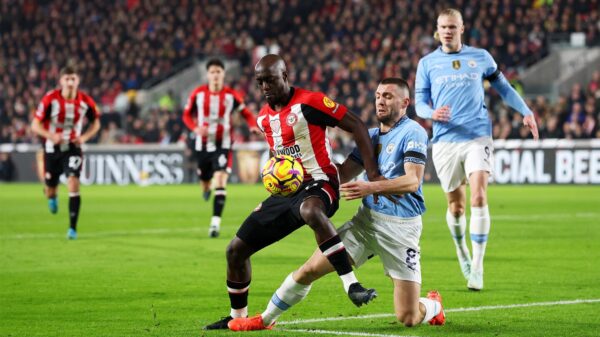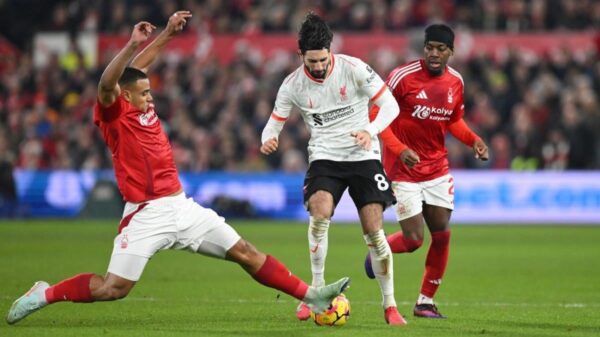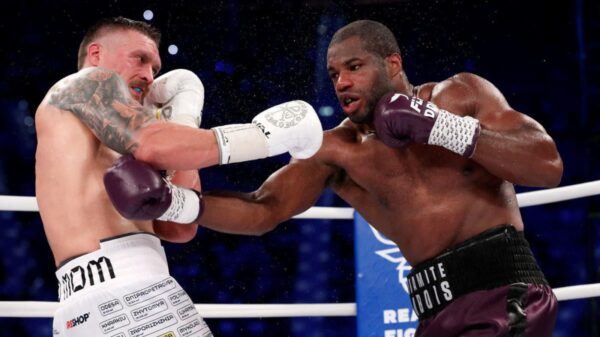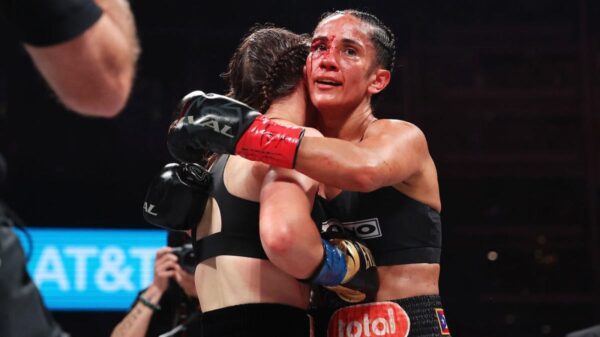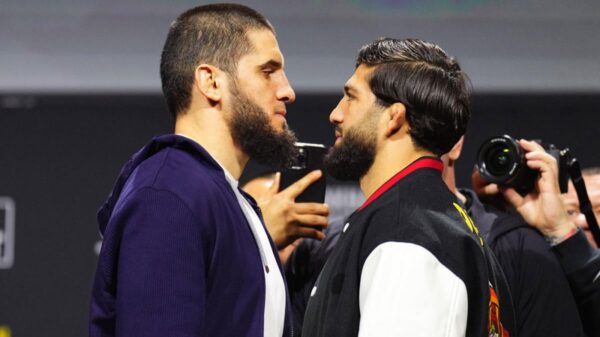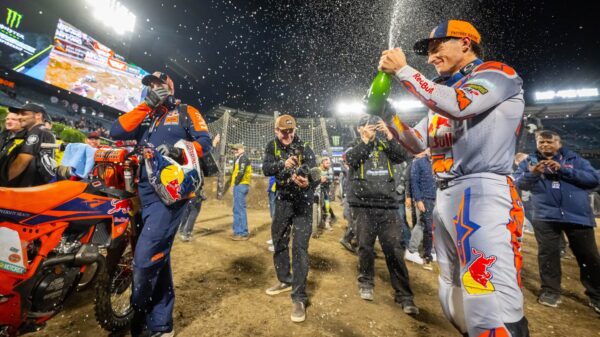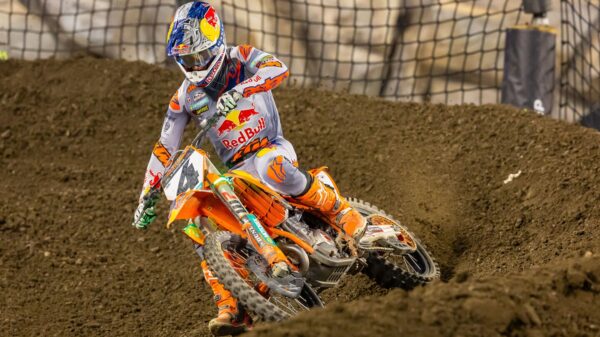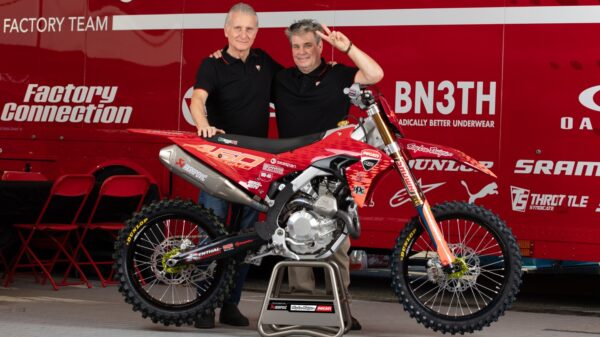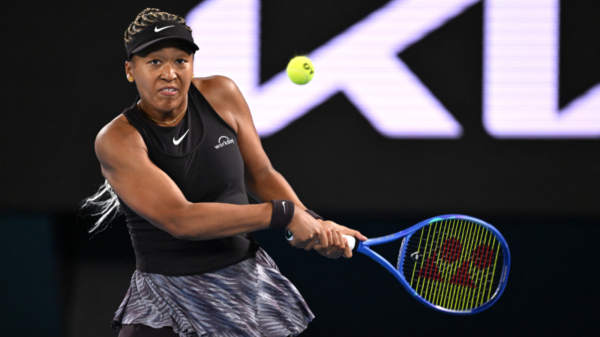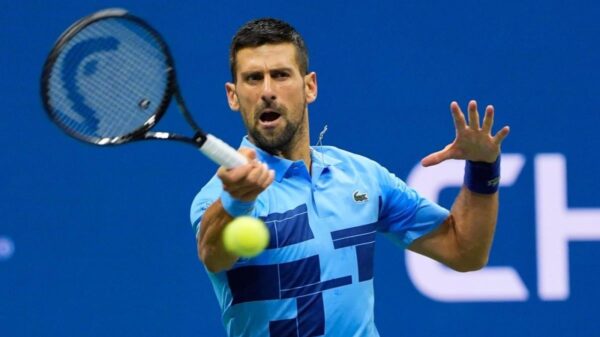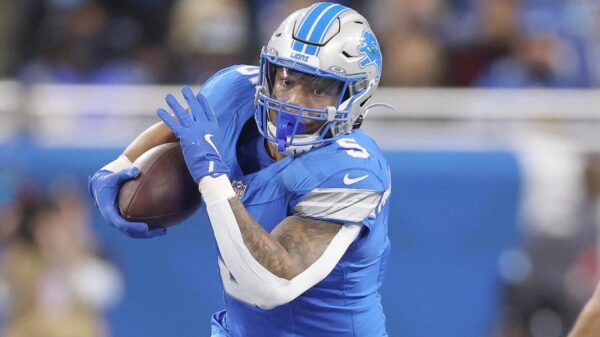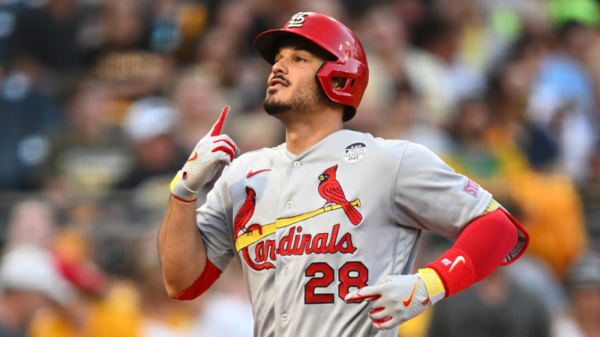January chugs along and that can mean only one thing around these parts: it’s time to rank minor-league prospects. Every team across the majors is selling hope to their fans: some are selling it in a more immediate fashion, in the form of active offseasons full of free-agent signings and trade acquisitions. Others, meanwhile, are selling it in the personage of prospects who could make the difference over the coming years.
CBS Sports is underway examining the top three prospects in each organization. Our definition of “prospect” is simple: does that player have rookie eligibility remaining for the 2025 season? If so, they’re a prospect; if not, that’s probably why your favorite young player is absent from the proceedings.
As always, these lists are formed following conversations with scouts, analysts, player development specialists, and other talent evaluators around the industry. There’s a fair amount of firsthand evaluation, statistical analysis, and historical research mixed in, too. Plus a heaping of personal bias — we all have certain traits and profiles that we prefer over others, there’s no sense pretending otherwise.
Keep in mind that there’s no one right answer with these sorts of things. Besides, these are merely our opinions, meaning they have no actual bearing on the future. We already published our ranking of the top 25 prospects in all of the minors.
With all that out of the way, let’s get to ranking the top three prospects in the Chicago White Sox system.
The short hook: Low-slot lefty with mid-rotation upside
When it comes to pitchers, the White Sox have a type. More than anyone else, it seems, they love left-handers with lower arm slots. Chris Sale is the most obvious example, but Schultz could become the most relevant over the coming years. He’s a physical specimen (listed at 6-foot-9 and 220 pounds) with a nasty slider that has empowered him to average 12 strikeouts per nine for his career. Yet evaluators we spoke to flagged his fastball’s performance against right-handed batters. Schultz’s potential platoon problems have been on display to a lesser extent in the minors (career .413 OPS versus lefties as opposed to .603 against righties), and the belief is that big-league hitters will fare even better. Should time bear out that assertion, Schultz will likely settle in as a mid-rotation starter. Of course, it’s possible that he makes some necessary adjustments, rendering those fears moot. MLB ETA: Late summer 2025
The short hook: Well-rounded catcher with swing and miss concerns
Teel, the 14th pick in the 2023 draft, was obtained from the Red Sox in the Garrett Crochet trade. He’s an athletic backstop with the potential for average or better tools in the areas that count for catchers. Teel even has above-average raw strength from the left side, though his power is likely to manifest in doubles and not home runs barring a swing change. There are some risk factors worth pointing out here, including the generally high attrition rate for backstops and some swing-and-miss tendencies that may cause his bat to play lighter at the game’s highest level. Nevertheless, he’s certain to debut sooner than later. MLB ETA: Spring 2025
The short hook: Low-slot lefty with mid-rotation upside
As mentioned above, the White Sox adore low-slot lefties. It wasn’t too surprising, then, when they drafted one in the first round in 2024, taking Smith at No. 5 from Arkansas. He pairs a high-quality fastball-slider combination with extreme deception borne from his release point (he has a low arm slot and he stands on the far first-base side of the rubber). The two major drawbacks for Smith are that he battled his command throughout his collegiate career, issuing free passes to more than 10% of the batters he faced last season, and that he lacks a good third pitch. There’s mid-rotation promise here, and perhaps more than that if the White Sox can help him shore up his weaknesses. MLB ETA: Late summer 2025
Read the full article here

